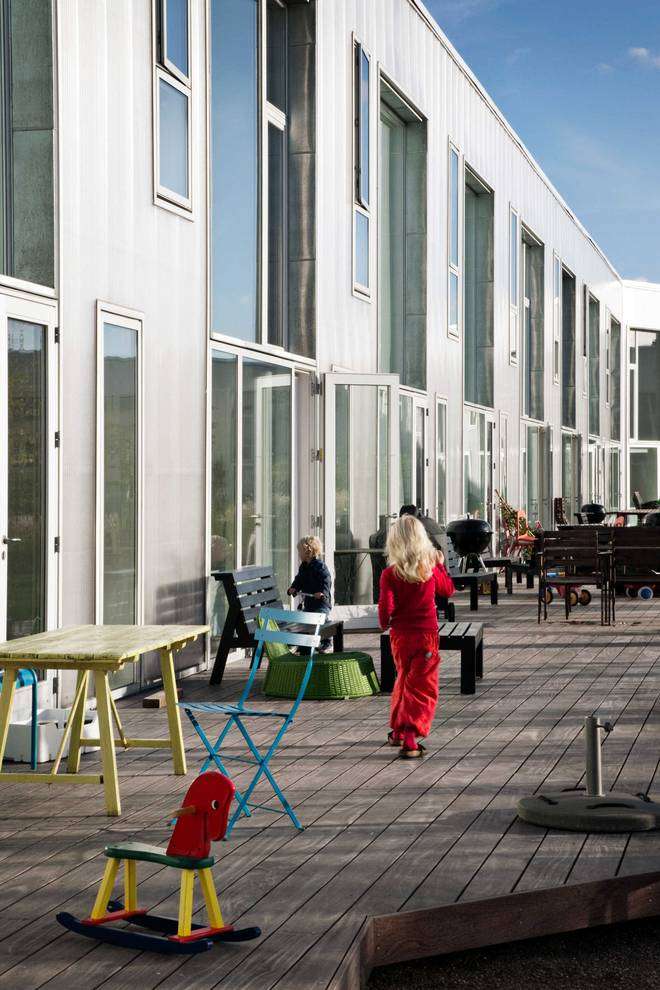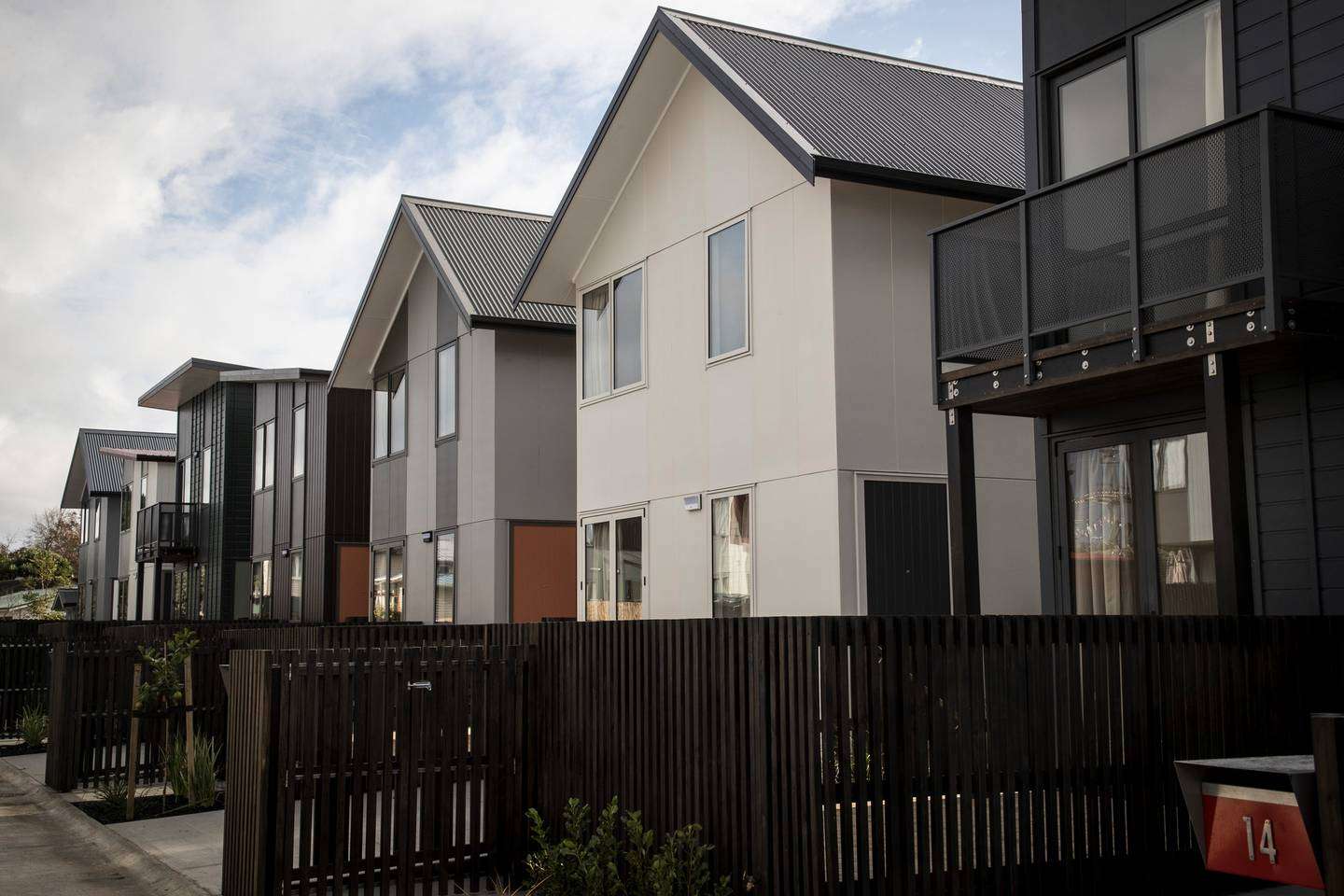What a scandal. Bloated material costs, bloated construction costs, dull designs, obstructive and inefficient consenting, obstructive financing, wrong-headed urban planning, neglected infrastructure, neglected trade training, fear of innovation, environmental idiocy – and we've been building the wrong houses: expensive houses, when we needed them good and cheap.
The government abandoned fit-for-purpose housing policies 35 years ago and the result has been social vandalism on a massive scale.
We built more homes per year in the 1970s. Not more per capita. More fullstop. If we'd kept up, especially with state houses, now called social housing, families today would routinely live in warm, dry homes. We would think of it, proudly, as a bedrock of citizenship and every other social measure would be vastly improved because of it.
Now, finally, there is change. Statistics NZ says more than 13,000 new homes were consented in Auckland last year, up 25 per cent up on the year before and four times as many as in 2009: a low point bequeathed to us by the last Labour Government.
Start your property search
The new Government is now building at "pace and scale", as Housing and Urban Development Minister Phil Twyford likes to say.
But his mantra does not include innovation, quality, community-led or future-focused. Twyford does talk about these other values, but there's a real risk "pace and scale" will drive them out.
The barriers to comprehensive change are immense.

We need to look at the village model, with shared communal spaces. Photo / Supplied
It can easily cost a headache-inducing $5000sq m to build a house in Auckland. That will include an eye-bleeding amount for the land and compliance costs that will probably make you want to scream.
The problems are not being ignored. Many firms – architects, designers, builders, inventors, social innovators – are working on new design-and-build solutions. Council pre-consenting now allows developers to avoid some compliance demands if they can show their big project is just like another big project.
Good to know. But at the same time, the council is turning down inner-city projects for lack of carparking, even though the prospective residents don't want to own a car.
Is it any wonder the Government's new Housing and Urban Development Authority (HUDA) will take consenting for the big projects away from the council?
Still, more doesn't mean better and we are not really talking transformation yet. Here's my quick and dirty eight-point plan to kick that along.
1. Enable the not-for-profits
Housing groups, iwi, urban Māori authorities, community services groups and others need better financing and more help with capacity and compliance issues. They are at the heart of the communities the Government wants to help.
John Tamihere at Te Whānau o Waipareira in Henderson has been saying it and so have many others. There's some great work being done, but they're desperate to do more.
2. Build more social houses

With mixed development, you can't always tell which dwellings are social housing, as in Northcote. Photo / Michael Craig
The Government is committed to mixed development: if they remove 50 decrepit old state houses they might build 300 new homes, with 60 of them social housing, and you can't always tell by looking.
That's a good plan, because it minimises the risk that you're building the slums of the future. But it slows down the provision of social housing where the need is greatest. Perhaps a higher proportion of social housing should be mandated.
3. Raise the enviro standards
The Government was supposed to have the environmental shortcomings of the Building Code sorted by the end of the year, but it hasn't happened. Tens of thousands of homes, including KiwiBuild homes, are not being built to the standards of energy efficiency and sustainability we all know will be needed in the years ahead.
A framework for fixing this – the Green Building Council's Green Star system – is available. The delay is ridiculous. Please tell us we won't have to wait another year while HUDA is set up.
4. Implement universal design
This is the phrase for designs that cater for everyone, young and old, however able or disabled you are. Usually, it's an add-on and it just adds costs. But if you address the issue from the start, with your basic design, the construction cost implications are low and the long-term savings are high.
Addressing those four issues well could disrupt the housing sector. But there's more, and it's much bigger.
5. Fabulous prefabs
New construction technologies and materials are here now and more are on their way: prefab homes will profoundly change the way we build. But horror stories abound of the obfuscation and timidity shown by regulators who are not keeping up and often don't seem to want to.
That's one of the biggest jobs for HUDA, right there: changing the officials' culture so we can have the construction revolution.
6. Small homes

Regulators need to catch up with the small home movement. Photo / John Borren
Same story: regulators have just not kept up. Did you know the easiest way to put a small house on a section is to put it on wheels? Technically, that makes it a housetruck. What nonsense.
7. The apartment block is a village
Families, the elderly, single people, groups of friends, all living in the same building with health services, communal areas for recreation and maybe dining, maybe a school, definitely a garden on the roof.
It's the village model, now being re-established at hapū level by some iwi, and it's definitely relevant to the inner city.
8. More women
How transformative, for the better, for the whole of society, would it be to turn construction into an industry dominated by women? We could be starting that in schools right now.
By the way, Phil Twyford says his new HUDA needs a better name. True that. It's going to oversee all of this and it should not become a bureaucratic megalith like some government departments we could all name.
HUDA has to provide the actively engaged framework within which communities can grow strong and proud. How about calling it Wharenui?



























































